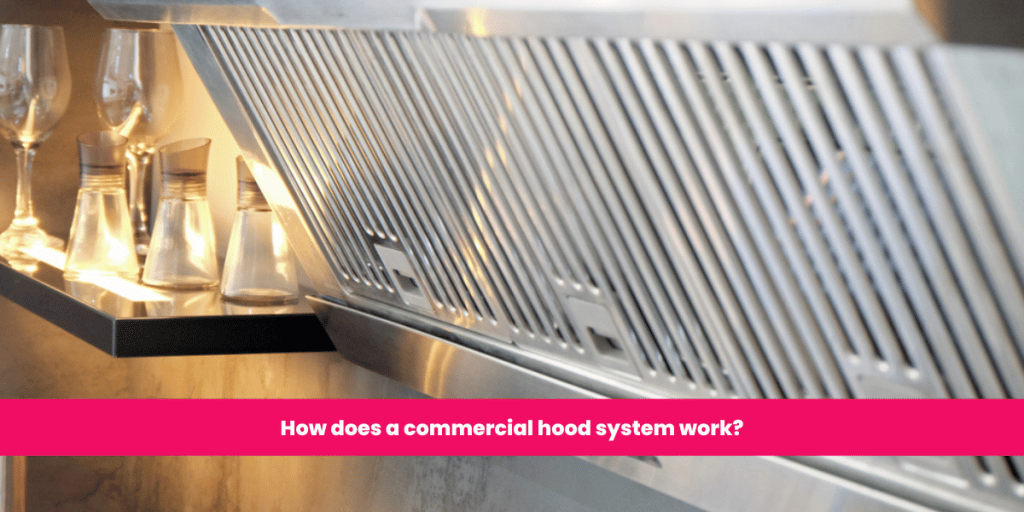Cleaning Your Commercial Hood System
A commercial hood system is an essential component of every restaurant kitchen. The hood system’s fan pulls steam and grease particles up into the hood’s bottom, where honeycomb filters collect the bigger grease particles. The remainder of the air is then sent to the exhaust duct. It is critical to clean these filters on a regular basis to ensure that they continue to capture grease and keep kitchens safe. Furthermore, inspect and clean the exhaust ducts on a regular basis for any excess grease accumulations. You can keep your kitchen safe and efficient by properly servicing your commercial hood system.
The first reason you should maintain your business hood system is that it contributes to the safety of your kitchen. When a commercial hood system’s fan is activated, steam and grease particles are sucked up into the hood’s bottom. This section has honeycomb filters that collect large grease particles. The remainder of the air is then sent to the exhaust duct. It is vital to clean these filters on a regular basis to ensure that they continue to capture grease and keep kitchens safe. In addition, regularly inspect and clean the exhaust ducts for any excess grease accumulation. You may assist prevent fires from beginning in your business kitchen by doing so.
Another incentive to keep your commercial hood system in good working order is that it helps to make your kitchen efficient. When your industrial hood system is correctly functioning, it pulls oil fumes away from chefs, allowing them to work more effectively. A well-maintained hood system also helps to extend the life of your kitchen equipment by preventing early damage caused by grease build-up. Spending little time and money on commercial hood system maintenance may save you a lot of money in the long run by making your kitchen safer and more efficient.
Schedule for Commercial Hood System Maintenance
The honeycomb filters, exhaust ducts, and fans are the three primary components of a commercial hood system that must be cleaned on a regular basis. Depending on how frequently your restaurant kitchen is utilized, you should create a cleaning plan for each component.
Every one to two weeks, the honeycomb filters should be cleaned. Remove the honeycomb filters from the hood and rinse them with hot water to clean them. If they are really oily, apply a degreaser before washing them with hot water. After rinsing, carefully dry them before putting them in the hood.
The exhaust ducts should be examined for buildup and cleaned as needed on a quarterly basis. Turn off the hood fan and remove the access panel at the top of the hood to clean the exhaust ducts. Then, using a flashlight, inspect the ducts for any accumulations of grease or debris. If you notice anything, suck it out with a wet/dry vacuum. After you’ve cleaned all of the debris, reconnect the access panel and power up the fan before testing it to ensure it’s running properly.
An expert who can properly clean the fan without harming it should examine it once a year. You may, however, clean it yourself if you are comfortable doing so. To clean the fan, switch off the power to the hood fan and use a vacuum cleaner with a gentle brush attachment to remove any dirt or build-up from around it. After you’ve removed all of the visible dirt, wipe out all of the surfaces of the fan blades using a towel wet with water and dish soap. Make sure they are completely dry before re-powering the fan and testing it to ensure it is running properly.
A commercial hood system is an important feature of every restaurant kitchen – but only if it is well-maintained! Honeycomb filters should be cleaned every one to two weeks; exhaust ducts should be inspected quarterly and cleaned as needed, and fans should be serviced by a professional once a year (or monthly if you feel comfortable doing so). You can assist guarantee that your business hood system functions effectively and securely for years to come according to this maintenance schedule!

